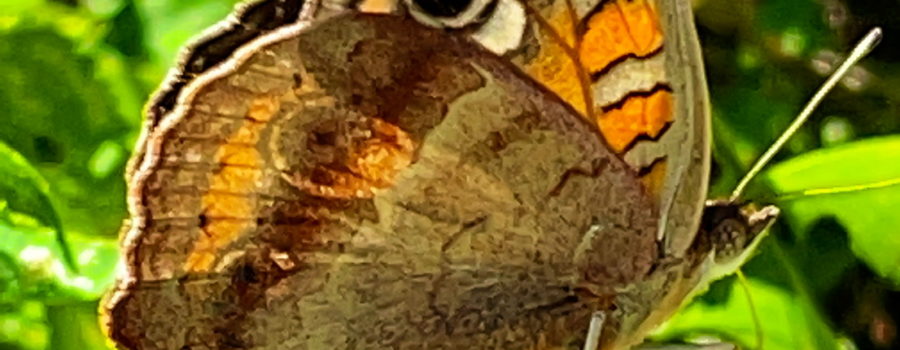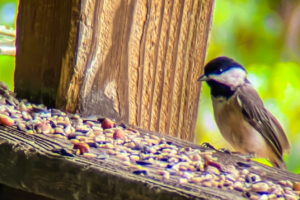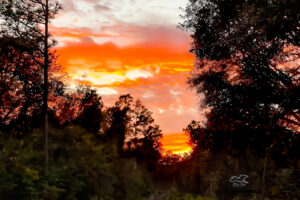You Never Know Where You’re Going to Find Beautiful Wildlife

That’s one of the biggest lessons I have learned on this journey! And even though it’s an easy lesson to overlook when out for a nature walk or when planning shots of a gorgeous sunrise or sunset, I’m reminded of it every once in awhile. Like the other day. I had stepped out of my office the other day to make a phone call. I got placed on hold and was just wandering around looking at things while I waited, when I noticed an area out behind one of our storage sheds that had a bunch of blackjack flowers and grass growing on it. The flowers were absolutely alive with butterflies and other pollinators hopping from flower to flower. Of course, I was intrigued, so I wandered down there and quickly realized why the vegetation was so lush in that area. It was right above the septic tank for one of our kennels. I stood for a few minutes just watching all the activities and enjoying the afternoon sun. Then I hung up the phone and decided to take photos instead!

While I had been just watching, I had spotted a couple of familiar butterflies and bees, but also a couple of ones I wasn’t familiar with. One of the butterflies that I was familiar with but had not photographed before was the common buckeye (Junonia coenia). These butterflies are members of the brush footed family that also includes the American lady and the gulf fritillary butterflies. They’re one of my favorites because of their bright, colorful eyespots, which is what they are named after, by the way. They are year round residents here in central Florida, but they are more numerous this time of the year since the northern populations are migrating down here for the winter. Over the summer, their range covers much of the United States and southern Canada, but as fall cold fronts start moving through the northern range, they begin to migrate south. As the fall progresses, they will head a bit further south from here since they can’t survive our occasional freezes.

The common buckeye produces multiple generations each year, and they have some interesting characteristics. The larval or caterpillar stage, for example, tends to feed on plants that are rich in certain toxic substances called iridoid glycosides. These substances are bitter, and they make the caterpillars unpalatable to predators like birds, wasps, ants, and small mammals. The presence of these substances in a plant actually seem to stimulate oviposition in female butterflies. Some of the plants favored by common buckeye caterpillars include plantains, snapdragons, turkey tangle, toadflax. Caterpillars that feed on such plants are much less likely to be eaten by predators than those that don’t. There is a downside, though. If caterpillars eat too much of this toxin it tends to depress their immune systems making them more susceptible to parasites and viruses. Therefore, it’s important that the caterpillars feed from multiple plants in order to get the best balance of iridoid glycosides for optimum survival.

Adult common buckeyes also seem to have interesting feeding preferences. Although they will feed on quite a variety of nectar rich flowers, they definitely have a preference for yellow flowers, especially when feeding on lantana. Other plants that the butterflies like include gerardia, monkey flowers, zinnias, hydrangeas, asters, and tickseeds. All of these flowers are short necked flowers that the butterflies can drink from easily since this species has a pretty short proboscis. Most of these favored plants are found in open, sunny areas, which is the habitat preferred by buckeyes. Around here, the best places to look for the common buckeye is along roadsides, in pastures, along woods edges, and in power line right of ways. But at least if you live in central Florida, you should go looking for them soon, before they head further south for the winter. Enjoy them while you can!

If you enjoy beautiful nature photography and artwork accompanied by interesting and informative nature and animal related content, they you’ll love this blog. Give us a try! It’s easy and free to subscribe. Just use the form below.





Recent Comments